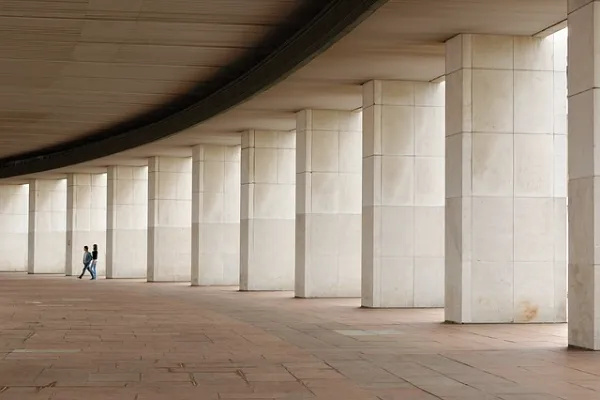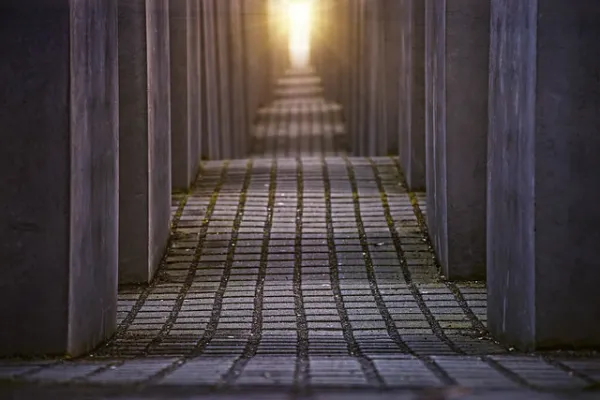Fun Facts About Concrete: The Unsung Hero of Our Built World

Concrete. It might not be the most glamorous building material, but it’s undeniably one of the most important. From towering skyscrapers to our sidewalks and swimming pools, concrete shapes the world around us. But beyond its utilitarian role, concrete boasts a surprising number of fun facts that make it a truly fascinating material.
A Historical Heavyweight:
- Roman Ingenuity: Believe it or not, concrete isn’t a modern invention. The Romans perfected a concrete recipe around 2,000 years ago, using volcanic ash, lime, and seawater. This innovative material, called “opus caementicium,” is the reason many Roman structures, like the Pantheon, still stand strong today!
- Global Domination: Move over, plastic! Concrete is actually the most consumed man-made material on Earth, besides water. Every year, we produce a staggering six billion cubic meters of concrete – that’s enough to give every person on the planet a cubic meter!
Strength and Surprise: More Fun Facts About Concrete

- Rock Solid: Don’t underestimate concrete’s toughness. It boasts incredible compressive strength, meaning it can withstand massive amounts of pressure without crumbling. This makes it perfect for foundations, dams, and other structures that need to bear significant weight.
- Underwater Marvel: While we often associate concrete with buildings, it’s also a champion in aquatic environments. Concrete has a natural resistance to water and can be further enhanced with special additives, making it ideal for constructing bridges, piers, and underwater tunnels. Keep reading these fun facts about concrete.
Concrete Creativity:
- Sculpting Potential: Sure, concrete might seem rigid, but it can be surprisingly versatile. With the right techniques, concrete can be molded and sculpted into intricate shapes, creating architectural wonders and artistic masterpieces. From decorative facades to modern furniture, concrete’s potential for artistic expression is vast.
- The Lego Effect: Concrete’s modular nature makes it a builder’s dream. Precast concrete panels, like giant Lego bricks, can be prefabricated and then assembled on-site, allowing for faster and more efficient construction.
Concrete’s Quirky Side:

- Edison’s Concrete Dreams: Who knew the inventor of the light bulb was also a concrete enthusiast? Thomas Edison actually held 49 patents related to concrete, including ideas for concrete houses and furniture. While some of his ideas might seem odd today, they showcase his innovative spirit.
- The Great Concrete Pour: Ready for a concrete-pouring marathon? The Venetian Hotel in Las Vegas holds the US record for the largest continuous concrete foundation pour. They managed to pour a whopping 21,000 cubic yards of concrete in one go – that’s enough to fill 14 Olympic swimming pools!
- Heat Dissipation: Ever wonder why concrete sidewalks feel cooler than asphalt on a hot day? Concrete has a higher thermal mass, meaning it absorbs and releases heat more slowly. This keeps concrete surfaces cooler during the day and warmer at night, providing a more comfortable experience.
Concrete’s Sustainable Future:
- Going Green: While concrete production does have an environmental impact, there’s a growing focus on making it more sustainable. Researchers are exploring ways to use recycled materials in concrete mixes and developing techniques to reduce its carbon footprint.
- Building for the Future: As cities continue to grow, concrete will remain a vital construction material. With advancements in sustainability and innovative applications, concrete has the potential to be an even more responsible and exciting building block for the future.
From its ancient origins to its modern marvels, concrete’s story is filled with surprising facts and endless potential. So, the next time you walk down a concrete sidewalk or marvel at a towering skyscraper, take a moment to appreciate this remarkable material that shapes our world in so many ways.